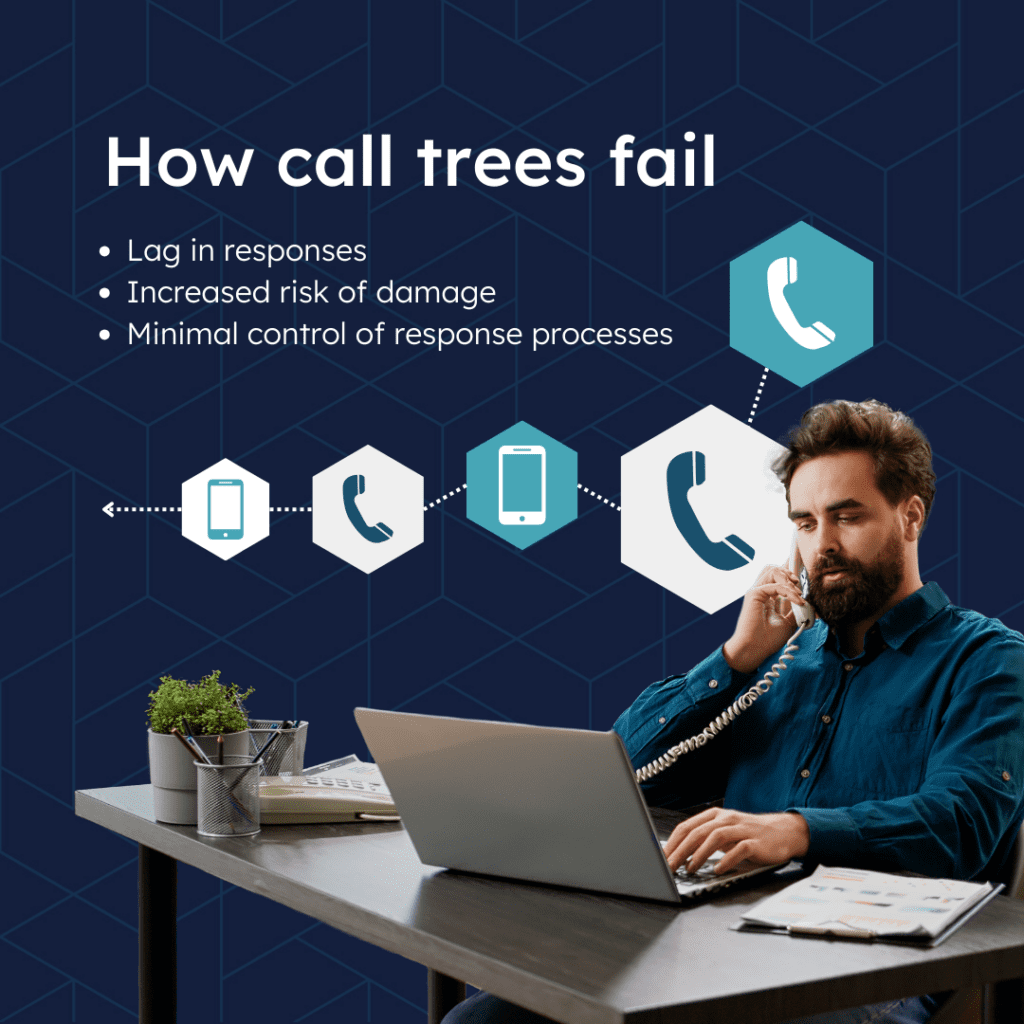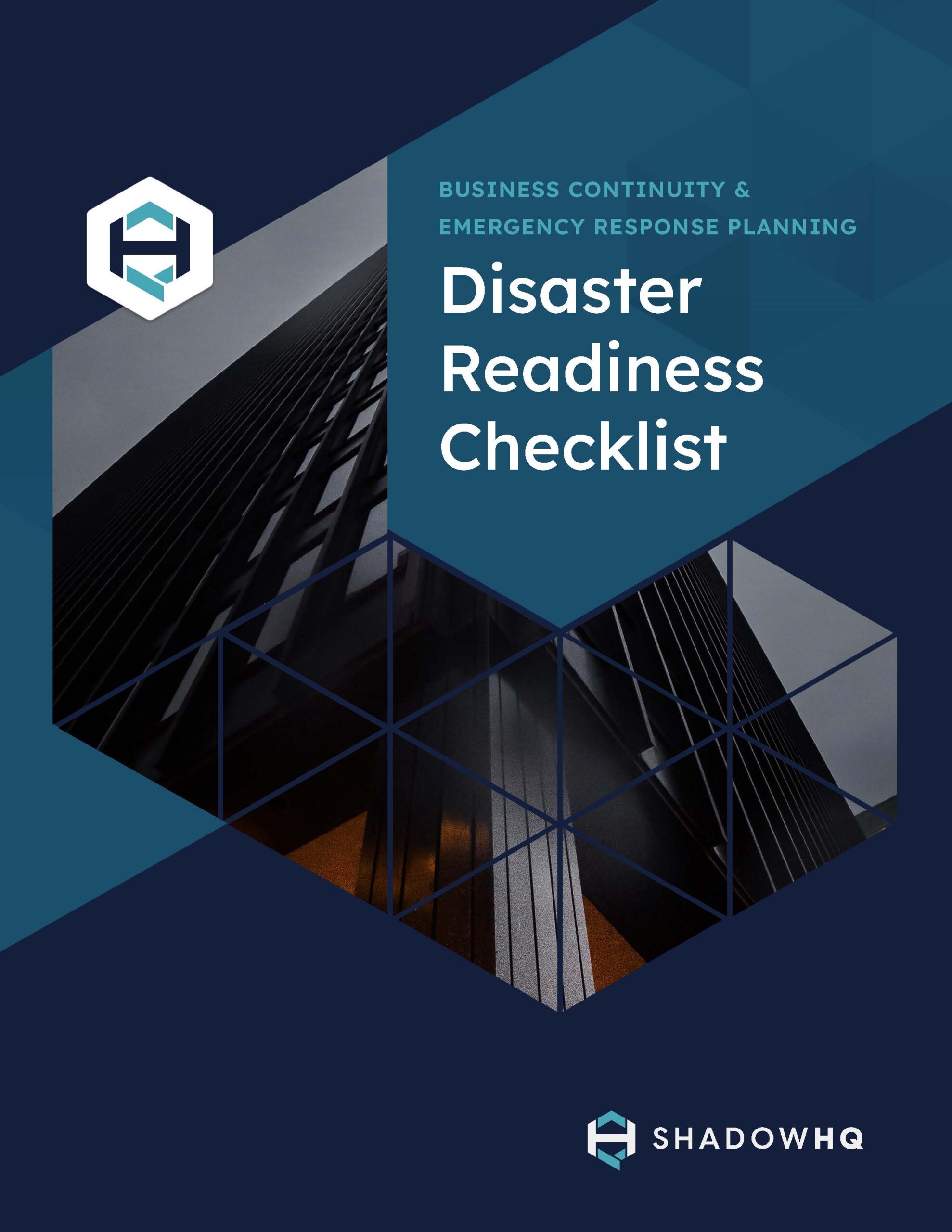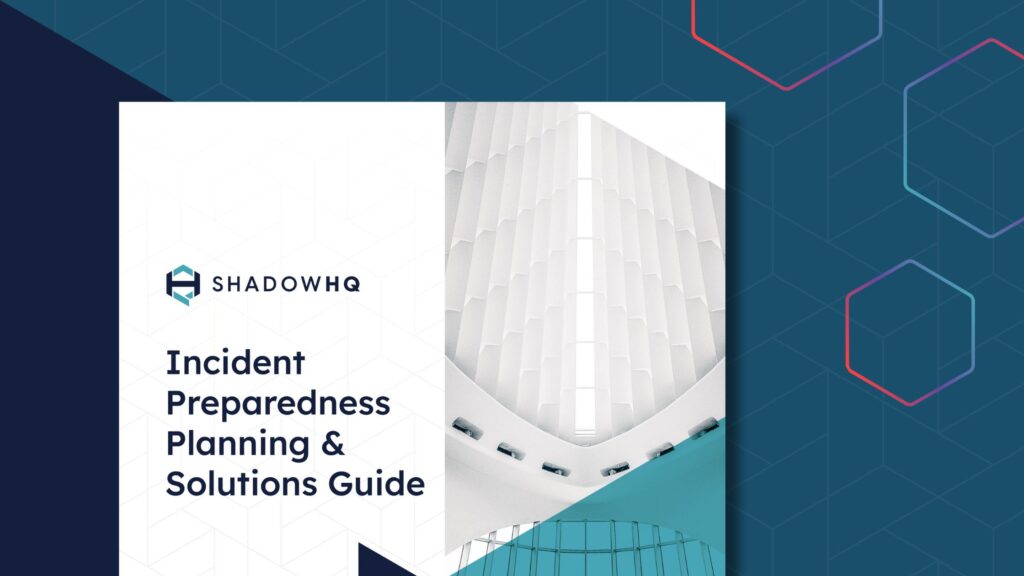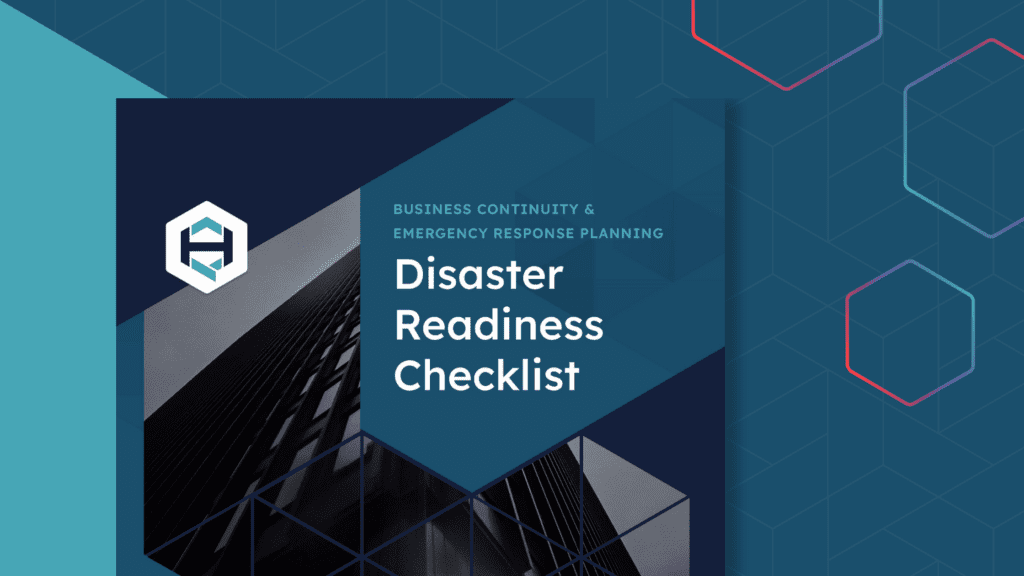It’s Almost 2025 — Why It’s Time to Ditch Old School Call Trees
Incident response processes are crucial to ensure business continuity and minimize any downtime throughout the organization. However, relying on a manual crisis management plan, such as a binder and paperwork, can increase the timeframe between the incident and resolution.
Relying on phone calls, faxes, and call trees can significantly hinder communications when they’re needed most. While these methods are better than nothing, they’re no longer required to ensure communication throughout the disaster recovery process. Additionally, it is essential to monitor responses to ensure all tasks are addressed and no critical information is overlooked. That’s largely why 75% of executives believe there will be a significant change in how organizations approach business continuity planningcrisis management.
New methods such as out-of-band communications allow your incident response teams to easily communicate with familiar group chats, voice calls, or even video calls. It’s almost 2025 — let’s leave call trees in the past.
Old school event response processes were once needed
Up until recently, business continuity and disaster recovery plans were static, physical documents stored at key locations in the office. These plans included specific actions to take in relation to the scenario, such as how to respond to a cybersecurity breach.
Part of these static documents were phone numbers of critical personnel who needed to be made aware, kept in the loop, or brought in to help find a resolution.
Call trees are a common method of crisis communication in which a message is passed down through a chain of individuals, with each person calling the next to pass along important messages. All it takes is one wrong number, one outdated roster with former employees, or partial telecom downtime to see how this method falls short. It’s a challenge to keep physical documents and call trees up to date as people change roles, leave the company, or simply change their phone numbers. Additionally, it is crucial for the last person on the list to confirm receipt of the final call to ensure all notifications were successfully completed.
Understanding Call Trees and Their Evolution
A call tree, also known as a phone tree, call list, or phone chain, is a hierarchical communication model designed to notify specific individuals of an event and coordinate recovery efforts if necessary. Traditionally, call trees involved manual phone calls, where each person in the chain would call the next to relay important messages. This method played a crucial role in disaster recovery plans, ensuring that critical information was disseminated quickly.
Over time, the concept of call trees has evolved significantly. Modern call trees now utilize automated systems that can send notifications via various channels, including email, SMS, and mobile apps. This evolution has made call trees more efficient and reliable, reducing the risk of delays and ensuring that messages reach the intended recipients promptly. Understanding this evolution is essential for appreciating the importance of modern call trees in effective crisis management.

How call trees fail
We touched on this above, but how exactly do call trees fail? There are several reasons call trees might fail, including:
-
Lag in responses: Ideally, everyone in the call tree is readily available, able to answer their phone and then immediately call the next contact. However, it’s easy to see how, in practice, someone might not answer right away, creating anything from minor to major delays in passing the message along. It’s time-consuming and dependent on individuals, and outdated information only makes the lag worse.
-
Increased risk of damage: Slow response time or breaks in the call tree mean that the actionable steps that need to be taken to resolve the issue can be delayed. The result of slow communication is delaying the resolution, in turn causing more damage; whether you’re facing a data breach or a flood at a data center, every second matters.
- Minimal control of response processes: Call trees can often lack the appropriate structure for handling responses. If Person A initiates the call tree and reaches Person D, how does Person D provide the response? Should they work back through the tree or call Person A directly? Response processes are not always dictated nor kept up to date.
You can see how any of the above causes of failure can significantly delay response time. If one or more of them occur at the same time, you’ll be left coming up with solutions on the fly. It is also crucial to monitor responses to ensure that all critical information is acknowledged and no tasks are overlooked.
The Importance of Business Continuity
Business continuity is a critical aspect of any organization’s crisis management strategy, and a well-structured call tree is a vital component of this. During emergencies, ensuring that operations continue uninterrupted is paramount. A robust call tree ensures that the right people are reached promptly, decisions are made swiftly, and actions are taken to safeguard both safety and business operations.
Effective communication during emergencies is the backbone of a successful call tree. In today’s fast-paced business environment, having a comprehensive business continuity plan in place is crucial to minimize downtime and ensure the continuity of critical business functions. By leveraging modern call trees, organizations can enhance their business continuity efforts, ensuring that they are prepared to respond to any crisis efficiently.
The need for a modernized business continuity response
Modernizing your incident response mechanism addresses the issues with legacy methods, including call trees and physical paperwork. You’ll be ready to respond to any incidents with more agility and keep your business running.
Let’s go over why you should modernize your incident response plans:
-
Benefit from rapid technological advances: Cloud computing, widespread 5G mobile speeds, and IoT devices all enable new ways to respond to crises with agility and flexibility.
-
Growing complexity of threats: The nature of threats has evolved from sophisticated cyber attacks to climate-related natural disasters. Outdated response processes may not be enough to meet these threats head-on.
-
Demand for real-time communication: Customers, clients, and partners expect you to be available, even in times of crisis. Adopting modernized response processes allows you to stay in contact with other parties while you return to normal operations.
Relying on call trees, paper binders, and infrequently updated response plans can increase the damage caused by any number of incidents. Modernizing to the latest technologies decreases possible damage by keeping everyone communicating. It is also crucial to have the last person on the call tree confirm receipt of the final call to ensure all notifications were successfully completed.

Benefits of Modern Call Trees
Modern call trees offer several advantages over traditional manual call trees. One of the most significant benefits is the ability to trigger automated notifications instantly during a crisis. This ensures that the right individuals are informed promptly, reducing response times and minimizing potential damage.
Real-time updates and 2-way communication are other key benefits of modern call trees. These features enable the collection of vital data and feedback from personnel in the field, providing decision-makers with a comprehensive understanding of the situation on the ground. Additionally, modern call trees can be integrated with other emergency response systems, creating a seamless and efficient communication process that enhances overall crisis management efforts.
Everyday Operations: Streamlining Communication
Call trees are not just limited to crisis situations; they can also be used to streamline communication in everyday operations. By automating routine notifications and updates, organizations can improve communication and collaboration among teams, promoting a culture of transparency and responsiveness.
Modern call trees can be integrated with other communication tools, such as email and instant messaging, to provide a unified communication platform. This integration ensures that all team members are on the same page, reducing the risk of miscommunication and enhancing overall productivity. By leveraging call trees for everyday operations, organizations can foster a more connected and efficient work environment.
How to modernize your cyber crisis communication and incident response processes
So, how can you go about leveraging the latest technologies for your incident response and business continuity processes? Let’s break down a few steps to explore to bring your incident responses into the future:
-
Leverage cloud technology: You don’t need to rely on legacy, in-house systems for everything. Cloud technologies allow you to have an out-of-band, off-site system for document storage and real-time communications. ShadowHQ specializes in offering these types of solutions to keep businesses up and running.
-
Implement mass notification systems: While some systems may go down due to a breach, some business email addresses and phone numbers may still be operational. You can use software to send alerts through multiple channels, such as SMS or email, and can even leverage social media if needed.
-
Integrate IoT devices for advanced monitoring: Part of business continuity plans is being aware of any given issue. Implementing IoT devices and embedded sensors so you know about any issues as soon as possible can go far in minimizing or preventing any downtime.
-
Training and simulations: Providing regular training for likely incidents can go far in keeping your teams prepared. How can we modernize training? You can conduct simulations in virtualized environments for many types of incidents, allowing personnel to practice how to address them.
-
Comprehensive communication plan: Arguably, the most important element of responding to an incident is communication. Develop a plan about how response teams should communicate, whether that’s pivoting to cloud-based communications or using mobile devices. Create pre-defined processes and protocols so everyone knows what to do should an incident occur.
-
Continuous improvement: It’s vital to keep evaluating and improving your response plans. Conducting simulations helps identify any weaknesses, and should a real incident occur, part of the post-recovery process should include finding room for improvement and making changes. Monitor responses to ensure all tasks are addressed and no critical information is overlooked.
Leveraging Technology for Effective Call Trees
Technology plays a crucial role in the effectiveness of modern call trees. Automated notification systems, crisis communication platforms, and mobile apps can significantly enhance the efficacy of a call tree. These technologies provide real-time updates, 2-way communication, and the ability to track responses, ensuring that critical information is disseminated effectively.
By leveraging technology, organizations can improve the speed and efficiency of their call trees. Automated systems can quickly send notifications to the right individuals, while real-time updates and 2-way communication enable a more dynamic and responsive approach to crisis management. Embracing these technological advancements ensures that organizations are better prepared to handle any crisis that may arise.
Real-Time Updates and 2-Way Communication
Real-time updates and 2-way communication are critical components of a modern call tree. These features enable the collection of vital data and feedback from personnel in the field, allowing decision-makers to have a comprehensive understanding of the situation on the ground.
Real-time updates can be sent via various channels, including email, SMS, and mobile apps, ensuring that critical information is disseminated effectively. 2-way communication enables personnel to respond to notifications, providing valuable feedback and insights that can inform decision-making. By incorporating real-time updates and 2-way communication into their call trees, organizations can enhance their crisis management efforts and ensure that they are well-prepared to respond to any emergency.
Partner with ShadowHQ for Next-gen Cyber Disaster Recovery
Relying on call trees, binders, and outdated paperwork can cause any downtime to cause more damage than having an agile response. We know that these methods were once necessary, but those days are now in the past. It’s time to step into the future.
ShadowHQ is an industry leader in providing flexible, dynamic methods of cloud-based communications ready for your teams to use should any incidents occur.
Our solution isn’t part of your daily tech stack that may experience downtime for any number of incidents. Instead, response teams can pivot to our system and effectively communicate to resolve the issue and minimize damage.
Are you ready to upgrade from call trees? Book a demo with us today to learn more about how we can help.
EWEBINAR
Experience the ShadowHQ platform
Walk through a cyber breach scenario in a 15 minute demo.

GUIDE DOWNLOAD
Disaster Readiness Checklist
When an emergency happens, every minute counts.


